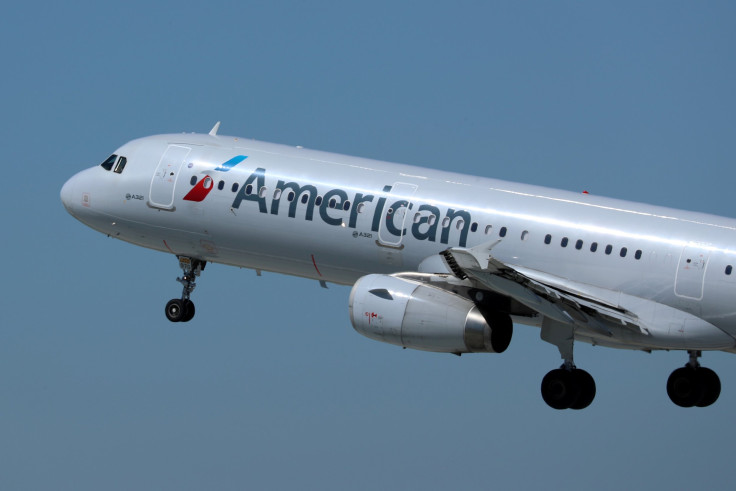Aviation Industry Has ‘Solid Profitability’ Despite Higher Costs In 2018: IATA Chief

After several decades of being a largely loss-making enterprise (if you take away government subsidies), the global aviation industry is turning a new leaf financially, with profits becoming the norm, according to the International Air Transport Association. The year 2018 should see “solid profitability” despite an increase in costs, IATA chief Alexandre de Juniac said Monday at the association’s ongoing annual general meeting in Sydney, Australia.
“Solid profitability is holding up in 2018, despite rising costs. The industry’s financial foundations are strong with a nine-year run in the black that began in 2010. And the return on invested capital will exceed the cost of capital for a fourth consecutive year. At long last, normal profits are becoming normal for airlines. This enables airlines to fund growth, expand employment, strengthen balance sheets and reward our investors,” de Juniac, IATA’s Director General and CEO, said.
The expectation of higher costs, particularly fuel and labor, caused the profit outlook for 2018 to be revised downward to $33.8 billion, corresponding to a 4.1 percent net margin. The previous forecast, made in December, was for an industry-wide profit of $38.4 billion. In 2017, the industry made a record profit of $38 billion, but that was on the back of one-off tax credits that boosted the bottom line. About half the profits in the global aviation industry come from North America.
For its forecast, IATA has taken an average price of Brent crude oil (the global benchmark) at $70 a barrel for 2018. Currently, it is $76.47 (at 12:47 a.m. EDT), after reaching a high of about $80 less than two weeks ago. The price of crude oil has been on the upswing since January 2016, but a meeting in late May this year between Russia and Saudi Arabia signaled a loosening of production curbs, and the anticipation of increased supply has led to the fresh downturn in the price of crude. However, the average price of crude oil in 2017 was $54.9 a barrel.
Strong industry profits will slightly decline down to increase in costs, esp. fuel (now above $90 per barrel) #airlines #economics #IATAAGM pic.twitter.com/GzxvnGoz8e
— IATA (@IATA) June 4, 2018
The cost of jet fuel has been estimated to average $84 a barrel, almost 26 percent higher than 2017, and that would account for over 24 percent of the industry’s operating cost.
But an increase in demand, and pricing, will also boost revenues, which are estimated to rise to $834 billion, or 10.7 percent higher than 2017. Passenger demand will drive this more than cargo, with the former forecast to expand 7 percent, and the latter 4 percent. The average profit per passenger in 2018 will be $7.76, according to IATA’s estimates.
While the industry seems to be turning around its financials for good finally, there is no dearth of risks, many of which are political in nature, which are especially significant for an industry that is still heavily regulated in many parts of the world.
“These include the advancement of political forces pushing a protectionist agenda, uncertainty following the US withdrawal from the Iran nuclear deal, lack of clarity on the impact of Brexit, numerous ongoing trade discussions and continuing geopolitical conflicts,” IATA said.
© Copyright IBTimes 2024. All rights reserved.











